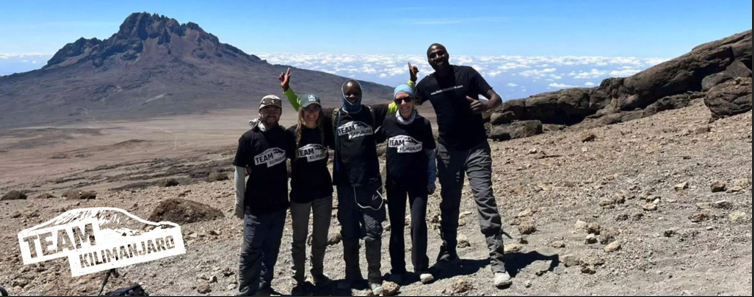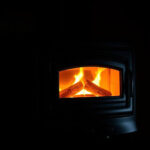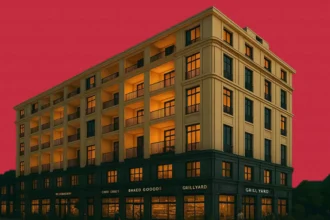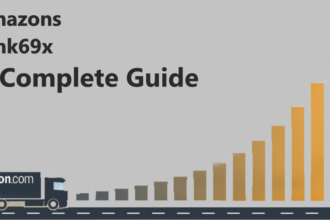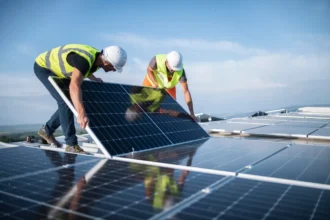I had dreamt about Africa’s great mountain for years before I ever saw it. Photographs of its snow-capped summit and endless skies would appear on my screen and something in me would stir. I told myself that one day I would stand there too. But dreams are easy; what makes them real is the slow, deliberate work of turning them into plans. That’s how my Kilimanjaro story began.
Preparing for the Climb
For me, the preparation started long before my flight to Tanzania. I read everything I could find about how to climb Kilimanjaro, from packing lists to training schedules. I learned that it’s not a technical mountain – no ropes, no ice axes – but it’s still a formidable challenge because of its height. At 5,895 metres, altitude can humble even the strongest hikers.
One of the most important decisions I made early on was to give myself enough time. Many people underestimate how vital pacing is on a high-altitude trek. After researching the how long does it take to climb Kilimanjaro question, I decided on an eight-day itinerary. This would allow my body to acclimatise gradually and improve my chances of reaching the summit without illness.
Training for the climb was simple but consistent: weekend hikes with a weighted backpack, regular runs to build stamina, and plenty of uphill walking. I also practiced the one skill that everyone on Kilimanjaro must master – going slow. “Pole pole,” the Swahili for “slowly, slowly,” would become the mantra of the entire trip.
Into the Forest
The trek began on a humid morning at the Lemosho Gate. The rainforest was alive with sound: the rustle of colobus monkeys in the canopy, the distant calls of birds I couldn’t name. We moved slowly through the dense greenery, climbing higher as shafts of sunlight broke through the trees. It was here, in the quiet of that first day, that the mountain began to reveal itself.
Each day brought a new landscape. The second day’s trail opened into moorland, with tall heather and strange, alien plants. On the third day, the air grew thinner as we entered the alpine desert. Vegetation gave way to volcanic rock and wide horizons. The rhythm was always the same: wake early, walk steadily, rest often, drink water, breathe.
Summit Night
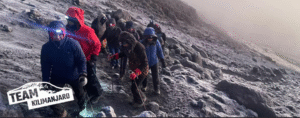
No part of the journey tested me more than summit night. We woke just before midnight, pulling on every layer we owned. Outside, the stars felt close enough to touch and the air bit at our cheeks. Headlamps formed a thin line of light as we zigzagged slowly up the scree slope. The hours passed in a haze of concentration and exhaustion. Step. Breathe. Step. Breathe.
Then, as the first hint of dawn lit the horizon, the summit appeared. I reached Stella Point with legs like lead and lungs burning, but with a heart that felt weightless. The final stretch to Uhuru Peak was surreal. There was no grand moment of triumph, no shout of victory – just quiet disbelief and the sight of the world stretched out beneath me.
I stood there, looking out over Africa from its highest point, and realised that this was not the end of a journey but the culmination of every slow step that had brought me here.
Choosing the Right Time
Looking back, one of the smartest decisions I made was choosing when to go. The best time to climb Kilimanjaro is during the dry seasons – January to March or June to October. These months offer clear skies, more stable weather, and the highest summit success rates. I chose September, and although the nights were cold, the days were perfect: crisp, bright, and full of sweeping views.
If you’re drawn to quieter trails, consider the shoulder seasons in late May or early November. You might encounter more rain, but the solitude and unique atmosphere can make the experience even more rewarding.
Lessons from the Mountain
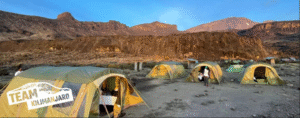
The physical challenge of Kilimanjaro is real, but the deeper lessons stay with you long after you leave. I learned patience and humility. I learned the value of moving slowly and deliberately. I learned that a journey’s worth is not measured by how quickly you finish it, but by how deeply you experience it.
Most of all, I learned that adventure isn’t about conquering a mountain. It’s about discovering a part of yourself that only emerges when you’re far beyond your comfort zone, taking one small step after another toward a distant dream.
If Kilimanjaro has been calling to you, listen. Prepare well, choose your timing wisely, and climb slowly. The summit will still be there, waiting, and the journey to reach it may change you in ways you don’t yet expect.


